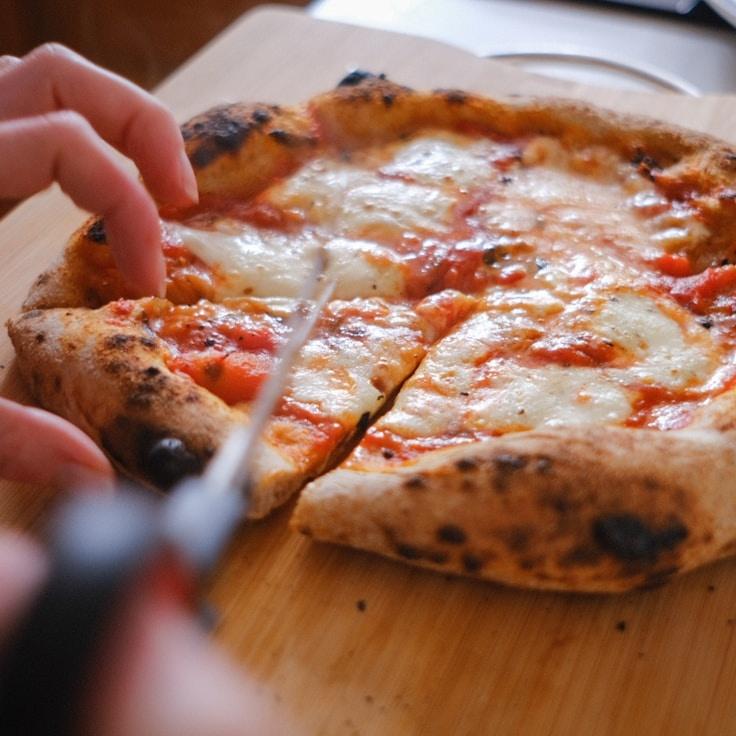Here at BalancedPlates, we're passionate about crafting pizzas that start with top-notch dough. After refining our recipe across many years, we're eager to unveil some of the foundational tips we rely on. While our proprietary recipe remains our little secret, these guidelines will set you on the path to homemade pizza dough that could rival that of any trattoria.
Choosing the Right Flour
The cornerstone of incredible pizza dough is superior-quality flour. 00 flour, known for its fine texture and ideal protein content of roughly 12%, comes highly recommended by us for achieving a delectable combination of strength and softness in your dough. In the event that 00 flour is out of reach, using bread flour will suffice, keeping in mind the final product's texture may vary slightly.
Optimizing Water Temperature and Dough Moisture
Water's temperature plays a crucial role in determining the time taken for dough fermentation and its subsequent maturity. Using water at about 45°F (7°C) is best for a slow fermentation process which garners a more intricate flavor, while warmer water around 85°F (29°C) will speed up the process. Aim for a hydration ratio of 60-70% in accordance to your flour when baking with standard home ovens.
The Balance of Yeast and Time
To achieve a flavorful dough, the key is to use minimal yeast and allocate plenty of time for fermentation. Our process includes using only 0.2% fresh yeast in relation to the flour, letting the dough ferment for 24 to 48 hours. This leisurely fermentation cultivates a depth of flavor and a final product that's more digestible.
Salt's Role Goes Beyond Taste
Salt doesn't simply add flavor; it also fortifies the gluten framework and tempers yeast activity. When using fine sea salt, which should make up 2.5-3% of your flour content, ensure it's integrated after the flour and water have begun to amalgamate to avert any direct contact with the yeast.
The Craft of Fermenting
Post-mixing, your dough should go through a primary bulk rise at room temperature for a couple of hours. Subsequently, divide it into balls, place them in sealed containers, and let them sit in the refrigerator for one to three days. Cold fermentation transforms the dough as enzymes convert starches to sugars, adding flavor and color to our signature crust.
Gentle Treatment
Prior to making your pizza, bring the dough back to room temperature by taking it out of the refrigerator one to two hours ahead of baking. Be gentle when shaping the dough to preserve air bubbles. Rather than using a rolling pin, which would deflate the bubble, press and stretch the dough using your fingers.
Heat: The Final Adjustment
While our pizzas are traditionally baked in wood-fired ovens that reach 850°F (454°C), standard home ovens usually peak at about 550°F (288°C). To emulate the necessary intense heat, thoroughly heat a pizza stone or steel for at least an hour before baking. This will give you the desired crispy exterior and a light airy inside.
Mastery of pizza dough is a continuous process, with each round of dough offering new insights. We suggest jotting down observations, tweaking factors, and finding the best methods for your particular kitchen setup.
For an up-close look at how we handle dough, consider attending our pizza classes held each month. Chef Julien will demonstrate these techniques thoroughly. Check the events schedule on our website for the next session!

